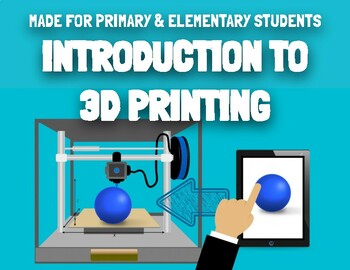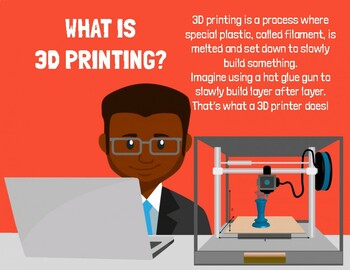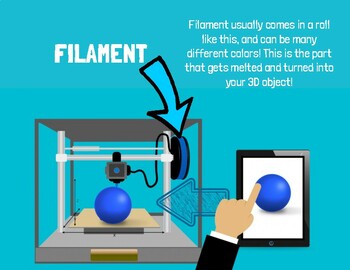Intro to 3D Printing - Presentation Lesson for Elementary, Primary, & Middle
- PDF
Description
Dive into an engaging and educational journey with our comprehensive 3D printing presentation tailored for students ranging from kindergarten to middle school. This resource serves as an excellent primer on 3D printing, covering essential concepts, parts of the machine, and operational mechanisms, making complex ideas accessible to learners of all ages.
Key Learning Points:
- Understand the fundamentals of 3D printing technology.
- Explore essential components such as filament, head/extruder, x, y, and z-axis, bed/plate, and frame.
- Access informative diagrams and instructional videos that simplify intricate concepts.
Extended Learning Activities:
- Benefit from included planning templates for structured classroom activities.
- Further engage students with hands-on learning using play dough or clay, fostering a foundational understanding of 3D design principles.
Equip your students with the knowledge and skills to grasp 3D printing concepts confidently. This presentation offers a blend of visual aids, detailed explanations, and interactive activities, making it a valuable addition to any STEM curriculum. Unlock the potential of 3D printing education today!
Only want the planning templates? Click below!
Planning Template for 3D Printing / 3D Design Activity - Primary & Elementary





